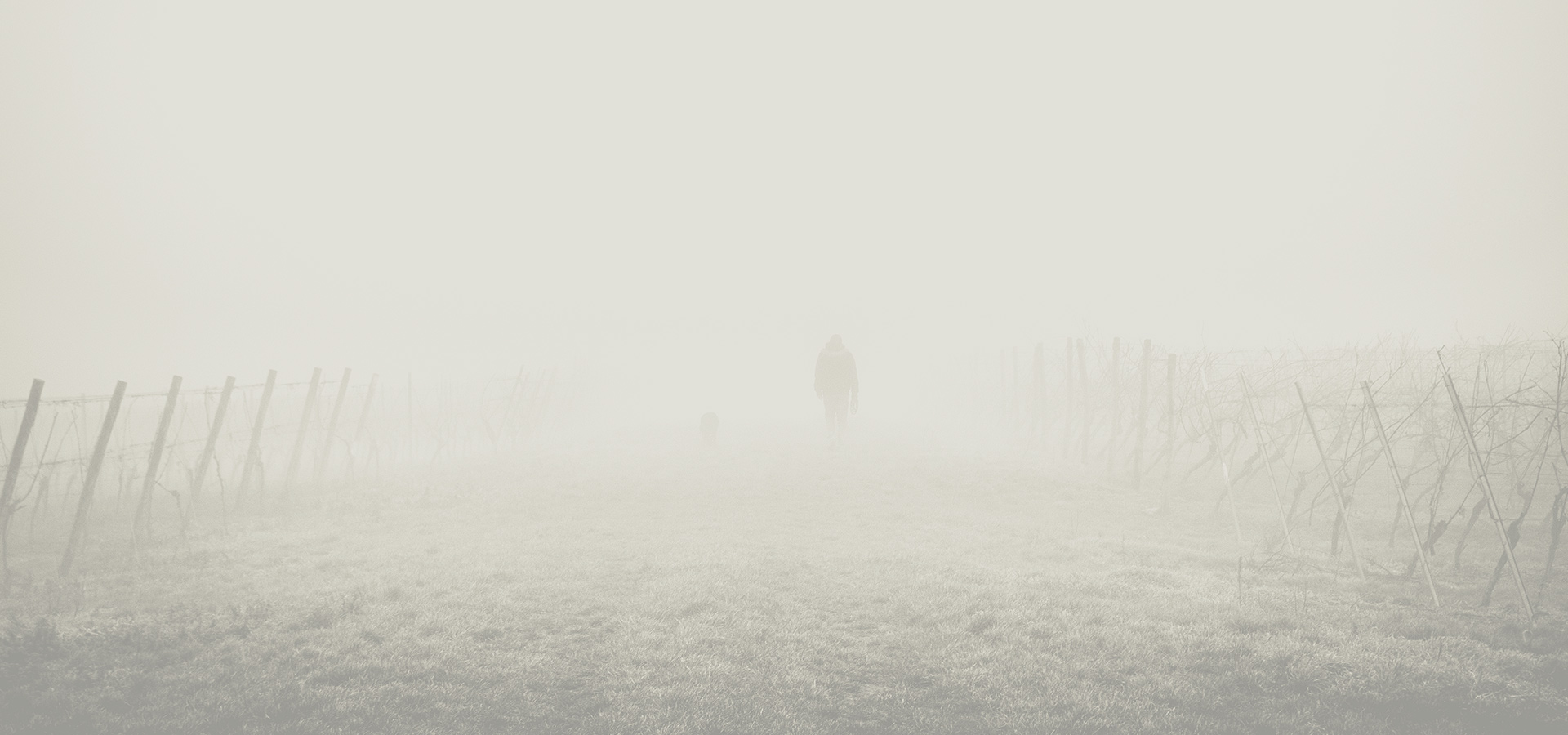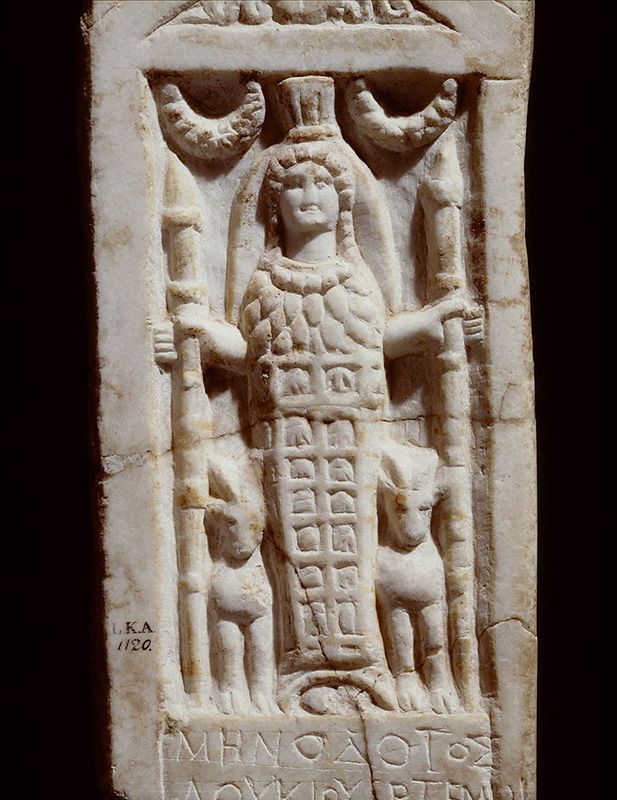Lorem ipsum dolor sit amet, consectetur adipiscing elit. Morbi eu nulla vehicula, sagittis tortor id, fermentum nunc. Donec gravida mi a condimentum rutrum. Praesent aliquet pellentesque nisi.


In ancient times, Anatolia (the land that is now Turkey) had a colorful collection of gods. The local gods mixed with the gods of newcomers, when other population groups started to settle there, such as the Greeks and the Persians.
A good example of this is the goddess Artemis-Anaeitis, who had her sanctuary in Maionia (now Menye), the eastern part of the province of Lydia that was known for its rich wine production. Artemis, the Greek goddess of the hunt, was associated in this area with Anaeitis, the Persian goddess of holy water. Both goddesses were credited with exceptional powers in the areas of fertility and healing.
Reliefs were placed around the temple of this goddess on which believers had inscribed their gratitude or promises to the goddess. In the first and second images we see a somewhat tapered relief that is crowned with a triangular facade with corner decorations. The relief has a protrusion at the bottom that was used to secure the stone in a pedestal.
The Greek inscription on the relief reads: “To Artemis-Anaeitis, Charite, daughter of Apollonios, fulfilled her vow after an accident befalling her and being healed by the priestess with a magic spell.” One explanation for this text could be that the sick woman promised the goddess Charite to erect a votive relief at the temple if she were to be cured of her illness. Thanks in part to the priestess’s incantations, she recovered. She then fulfilled her promise to the goddess.
The third image shows an alcove divided in two with two figures in a fairly deep relief. The figure at the top is a male god, who can be recognized by the halo as the sun god Helios or the local god of light Mèn Tiamon. The lower figure is the goddess Artemis-Anaeitis, depicted in the form of Artemis of Ephesus. This fertility goddess is also portrayed on the first smaller relief. She had a large temple in the city of Ephesus on the Turkish west coast and was invariably depicted with breasts on her upper body to emphasize her fertility. Under her breasts we see a tight-fitting dress that leaves her feet uncovered.
On both winged reliefs the goddesses wear top hats. Behind the head of Artemis-Anaeitis we see crescent moons that emphasize her status as goddess of the night. On the second relief she is stretching out her arms. The two deer in profile next to her, constant companions of the goddess of the hunt, seem to be supporting her hands. On the first relief we see the deer again between two torches, but this time looking directly at the viewer.